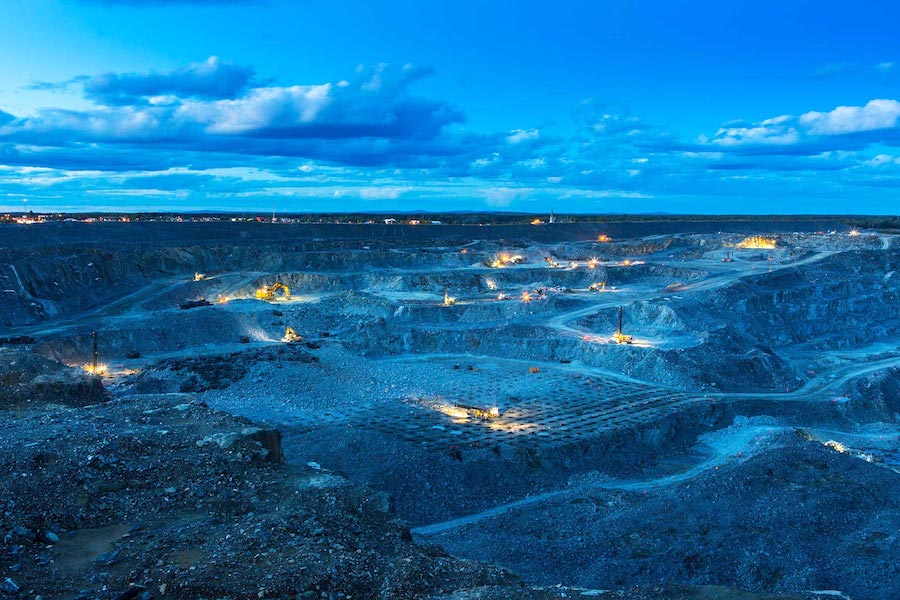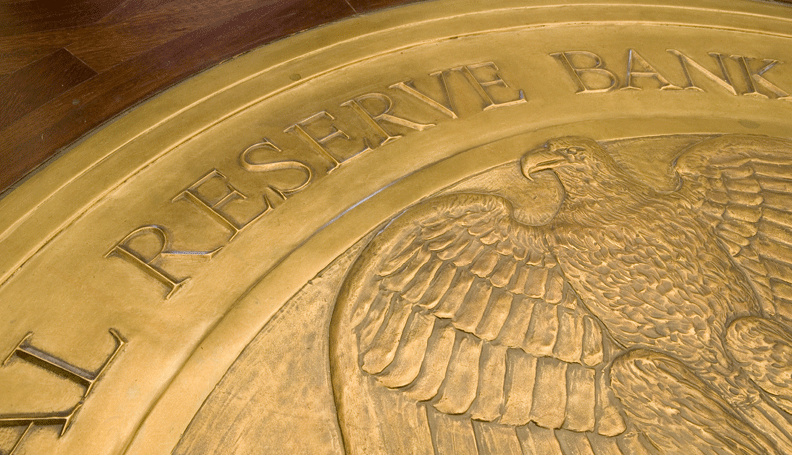Analysts knock Osisko’s Cariboo gold project feasibility

The first phase of Osisko Development’s (TSXV: ODV; NYSE: ODV) Cariboo gold project in central British Columbia makes little economic sense, analysts say about a new feasibility study.
The project’s underground mine would produce 1.87 million oz. over a 12-year life after construction costs of C$137.3 million, the Montreal-based company proposes in the study released on Tuesday.
A three-year first phase would process 1,500 tonnes a day from the Lowhee, Shaft and Mosquito deposits for average annual production of 72,500 ounces. The plant would increase capacity to 4,900 tonnes a day in the fourth year to produce 193,798 oz. per year, the study shows.
However, total cash costs for the first phase are $1,149 per oz., according to the study and it uses a base case gold market price of $1,700 per ounce. That amounts to earnings of $113.2 million, only about a third of the projected phase two capital cost.
“They’ll need to raise another C$300 million before the larger, second stage is built,” industry blogger Mark Turner wrote on his IKN site late Tuesday. “There’s no point in getting involved before 2027,” he advised investors.
The project’s all-in sustaining costs are $1,634 per oz. to produce 205,419 oz. over phase one’s three years after including the C$137.3 million capital cost, C$134.2 million in sustaining costs and C$64.8 million in pre-permit costs, the study shows.
The project, located about 700 km northeast of Vancouver in the district of Wells, covers 1,550 sqkm and includes mineral targets across a roughly 80 km strike. Cariboo has an after-tax net present value of C$502 million at a 5% discount rate and a 21% after-tax internal rate of return, according to the feasibility study.
BMO Capital Markets, which doesn’t cover Osisko Development, cut its net asset value for Osisko Gold Royalties (TSX: OR) – a 44% stakeholder in the development company – by almost a half to C$88 million from C$161 million.
“The changes to our Osisko Gold Royalties estimates include lower grade and a 2024 startup, which is later than our previous startup estimate,” mining analyst Jackie Przybylowski wrote in a note on Tuesday.
Osisko Gold Royalties’ 5% net smelter return royalty on the Cariboo project is “juicy,” blogger Turner said.
Cariboo has probable mineral reserves of 16.7 million tonnes grading 3.78 grams gold per tonne for contained metal of 2.03 million ounces. Grading breaks down to an average of 4.43 grams gold per tonne in phase one and 3.72 grams gold in phase two, the study shows.
Sean Roosen, chairman and chief executive officer of Osisko Development, said Cariboo will be a large-scale, long-life and profitable gold mine.
“By phasing construction, we have minimized our exposure to development risk at Cariboo, optimized the sequencing of the assets in our portfolio and maximized our ability to scale Cariboo,” Roosen said. “We envision Cariboo as a project that will be a cash flow engine for the company for decades.”
Shares in Osisko Development rose 2.7% in Wednesday afternoon trading in Toronto to C$6.05 each, valuing the company at C$458 million.
More News
Rio Tinto, Founders Factory’s Mining Tech Accelerator invests in startups from US and OZ
April 23, 2025 | 04:02 pm
{{ commodity.name }}
{{ post.title }}
{{ post.date }}



Comments